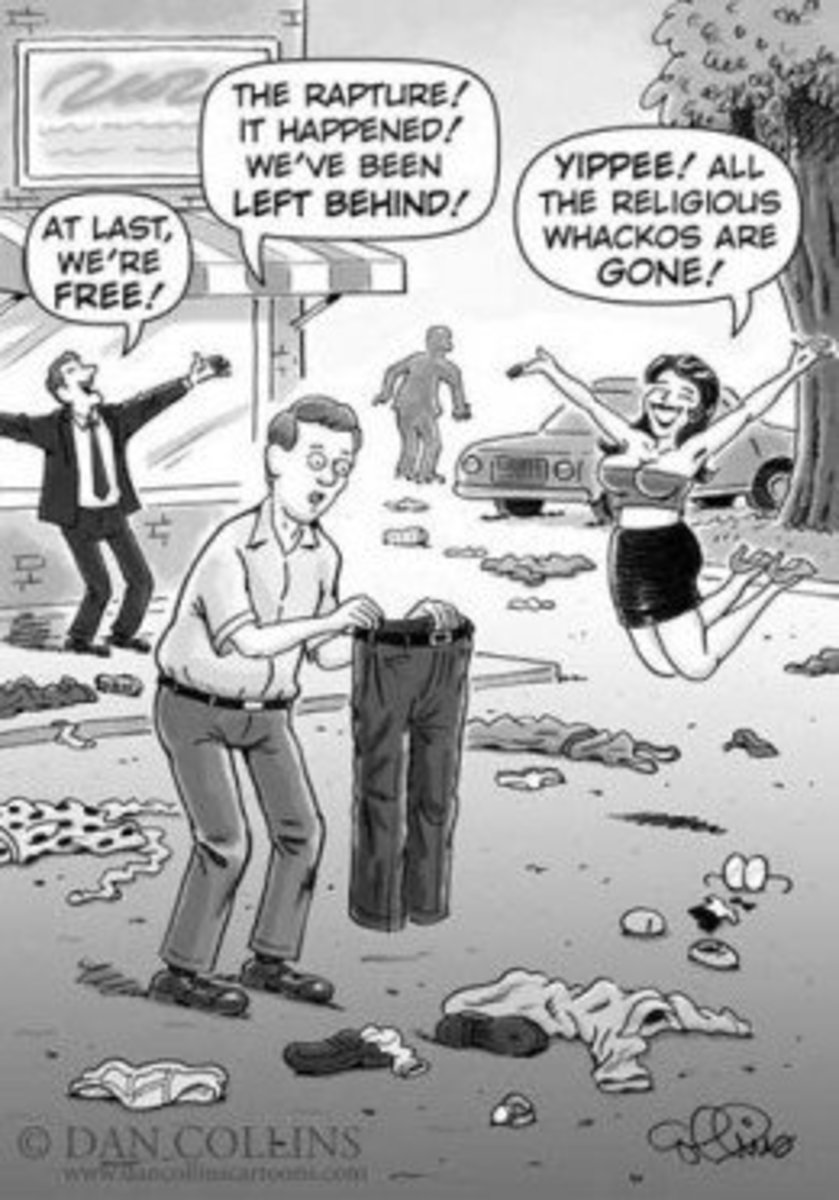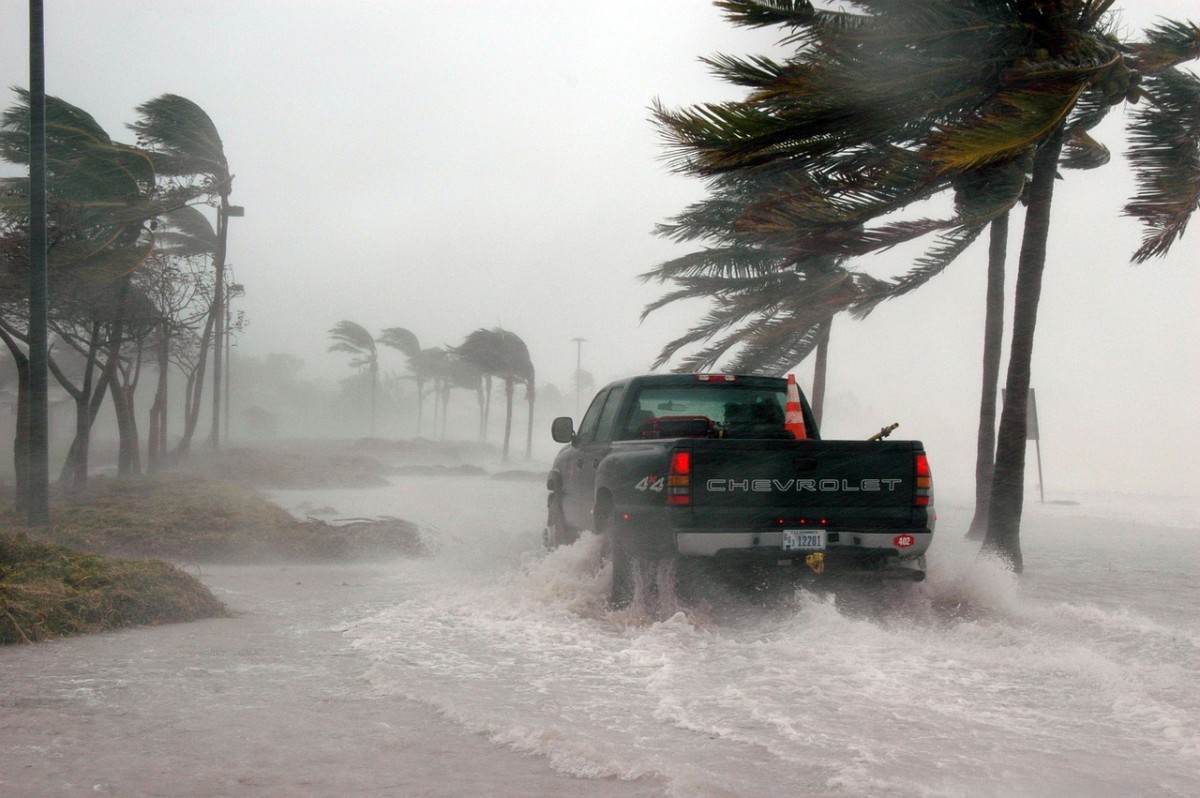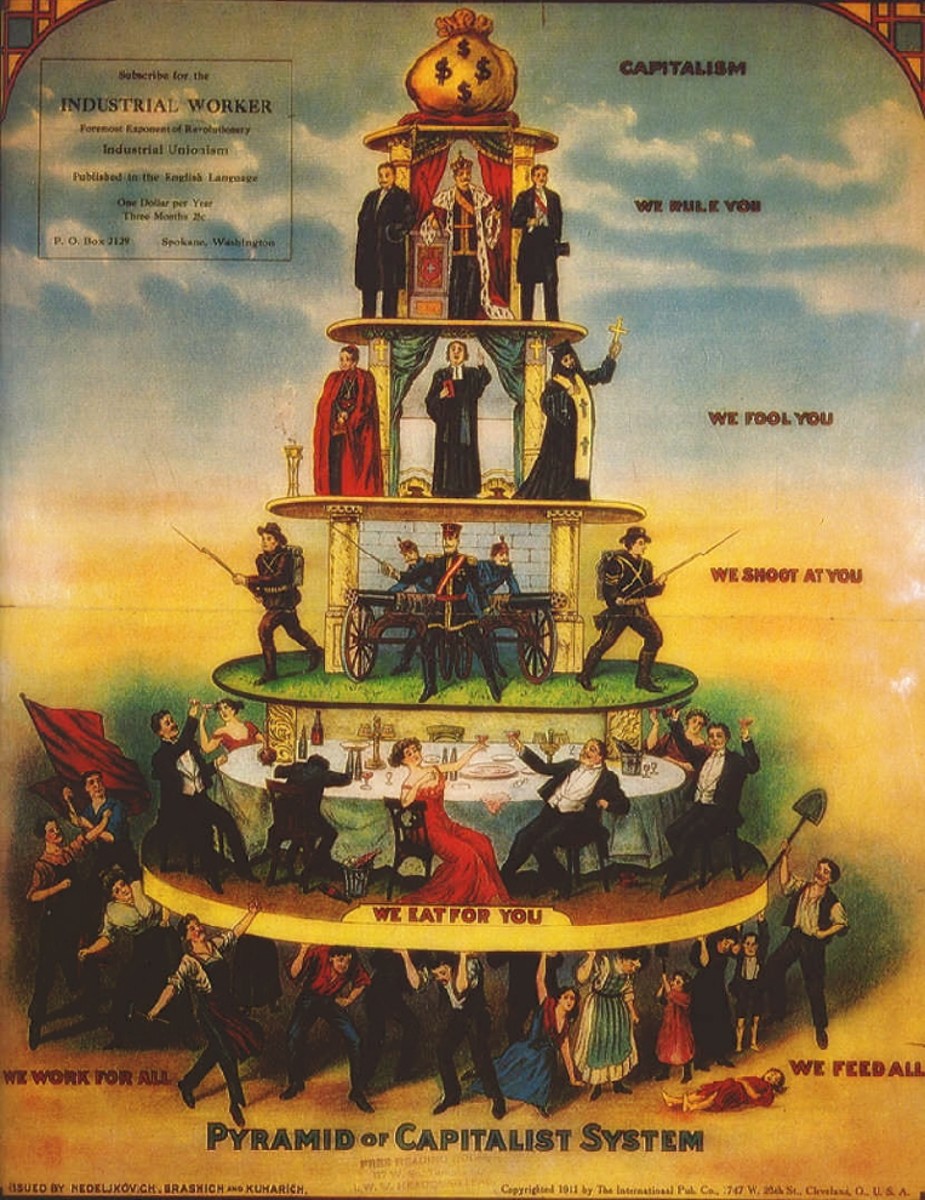- HubPages»
- Politics and Social Issues»
- Environment & Green Issues»
- Disasters & Recovery
Smart Planning for Doomsday Prepping
Intimidating Doom
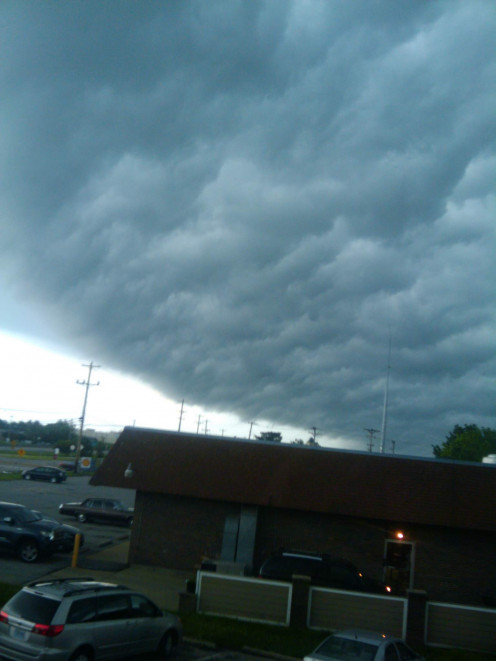
The Prophets of Doom Got Me Thinking...
The History channel has been featuring a show called the Prophets of Doom. The program is about worse case doomsday scenarios, and how those occurrences would disrupt everyday life for the average family. What I found to be an interesting aspect of the show, were the dramatized reenactment scenarios, which correlated with each Prophets of Dooms' predictions. One scientist, featured on the program, believes that there will be an economic downfall, like the energy crisis of the early 1970's but, on a global scale. He believed that such a crisis could be the end of life as we all know it. After he explained his vision, the program began showing a reenactment of the crisis. The sheer magnitude of the mass chaos, was almost unbelievable to even imagine. The impact it had on Americans, were the most catastrophic. They actually showed a scene, where paper currency was being used as fire starter. They pointed out that a quarter from the 1960's made with silver, worth $.25 today, could be worth ten times that amount during a crisis meltdown. In the scenario, you also see how the family pooled together it's resources and uses, the most common household items as means of currency. In a global economic collapse, a quart size bag of dry navy beans could fetch up to ten dollars worth of gold or silver. Copper wiring from TV's and old radios, and discarded gold cables found inside the home owner's personal computer, bought the family some much needed water.
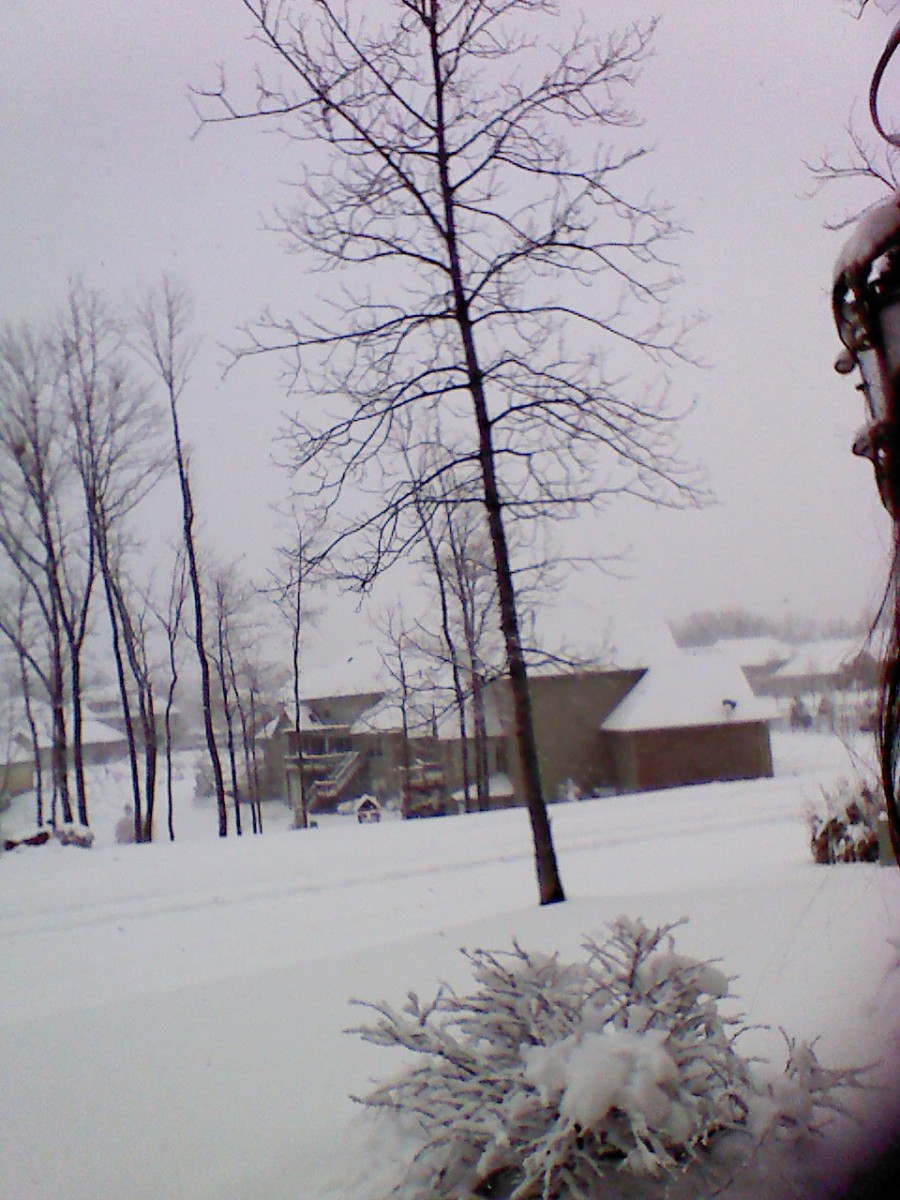
Stealing Home
When I was in Junior high school in the early 1980's, I read a book titled, "Stealing Home." It is an autobiography written by a young Jewish girl, and her story of how she survived the Holocaust, during World War II in Poland. Over and over in her book, she writes about how her father had the foresight to see that when the family was forced into the Warsaw Ghetto, he realized that they would probably never be returning to their home. As they were being forced from their house, the father made his wife and children put on heavy winter clothing. The author writes about how miserable she was marching in line, in a heavy winter coat, scarf, and rubber boots.
Later in the book, she writes about her experiences marching across Poland and how men, women, and children were dying from infections, which started as blisters on their feet. She then writes about being forced into a Nazi concentration camp, and how people were dying from frostbite and gangrene from not having the proper shoes or clothing to insulate their bodies from the harsh, Polish, winters. At one pivotal moment in the book, not too long before she is rescued by American soldiers, she recalls how she sat there naked, on a cold concrete floor, pressed up against some stranger, waiting her turn for the showers- when she looked down at her boots, and softly thanked her father for making her wear her winter clothing that day.
It just goes to show you that looking ahead and being prepared is truly the key to survival. Like this girl's father, the key to your family's survival is your ability to look ahead, plan, and be creative with what little you do have that will get you through the worse of it.
What Experts Also Advise
After doing some further research into doomsday prepping, I discovered that experts believe that scavengers, thieves and burglars only loot big items like TV's, electronic systems, and jewelry.
Where to begin.....
To Do List-
01. Set a budget, and read up on how to deal in a barter and trade system of commerce.
02. Make up a list of medical supplies, and take an inventory of what you currently have in supplies.
03. Find a safe hiding place for your medical supplies and other dry goods. If one cannot be found, dig one up and make one.
04. Make up a general list of needed food, protein and nutrient resources and items; such as dried up eggshells, whet protein powder, and condensed milk.
05. Start keeping back all pocket change in a jar, especially silver half dollars, wheat pennies, and 1964 and older quarters.
06. Stock back at least 2 gallons of white distilled vinegar and 4 gallons of household bleach.
07. Purchase a survival book and plant guide.
08. Water! Water is a very important key factor to pay attention too. A.) Google map your surrounding terrain, and all access roads to every major water way in your region. B.) Find out where your water table is in your own yard, by contacting the local gas company or subdivision planning committee. C.) Find and make copies of directions or instructions that teaches you how to take contaminated or stagnant water, and turn it into drinking water.
09. Create an emergency family disaster plan, and practice it at least twice in the next ten months.
10. Locate family camping gear, organize it, pack it up for a snatch and grab situation, and put it all together in one safe space along with items from #7 and 8. Don't forget to set aside a few extra blankets. (Locate gear preferably close to the disaster plan meeting space.)
Are You a Prepper?
Are you a doomsday prepper?
Be Prepared
- In the event of doomsday, one must come to a determination on just how far they are willing to tread the tightrope it takes, to survive a doomsday scenario. At some point a person might have to realize when enough is enough. I suggest setting a budget for your doomsday prepping applications, and sticking to it.
Simple Tactics To Keep You Safe While You Wait
- A simple tactic that to keep you safe for a time in your home, would be to mess up your yard and make it look as if it has already been looted. Turn over any outdoor furniture you own, and strew biodegradable household waste across your lawn; such as toilet paper, newspapers or cardboard. If you have outdoor plants, take them inside, you might someday need to use the potting soil for food purposes, but knock over anything and everything else you can find outside, in order to deter vandals from raiding your house. If you live in the suburbs like I do, our homes will become like Disneyland to vandals, and thus creating a very dangerous situation for you and your family.
- This Christmas, you might want to recycle items such as noisy, metal, jingle bells, to turn into an early warning alarm mechanism, in case someone does decide to enter your home. Individually string 10-12 bells across a string, and tie knotted loops at the ends of the string, and a large knot in between each bell. At the bottom of some entry doorways, tack a small finish nail between the inside corner of the door casing and wall at an angle. Your doorways are now ready in the event of a Doomsday crisis, for your family to help with stringing the prepare alarm garland as trip wire. Making use of recycled jingle bells in this way, essentially turns them into an early warning detection tool. The cost of the item is very minimal, and yet they could buy your family valuable time to get away or hide, in case of an attack on your home.
- It was the advice of one expert to go ahead and scavenge the TV and computer units, by cutting out the copper wire and dislodging the electric cord from the device. One expert suggested placing the units in the front yard so, trespassers were more apt to leave the contents within the home alone. Ordinary perpetrators, according to crisis experts, do not take the time to look for old personal computer systems or broken radios for copper filaments. Anymore than they would take the time to rob your house of brass fittings or copper water tubing.
- Blankets, bedding, and sturdy boots will also make great bartering items.
House Fire Image

My Brush With Devastation
In 1992, my family survived a devastating house fire. One of the most important things I learned from that experience, were start keeping an inventory of what is in my home. Along with the expert's advice, I would like to add that it may be beneficial to take a physical inventory of certain items that you have in your home, e.g. electrical appliances, water heaters, salt, blankets, coins, and any thing that could be scrapped down and salvaged for its copper wiring or fittings. I personally have a photo album of my attic storage, hall storage closets, and garage. It's critical that you realize what you have in your home, in regards to everyday household items, which someone might be able to use or trade with. In my mind's eye, I see medical supplies becoming essentially liquid gold. Items such as antibiotic creams, white distilled vinegar, everyday household bleach, rubbing alcohol and hydrogen peroxide will become lifesavers. All of which can be purchase now, (with our future useless paper money), for pennies on the dollar. Disease and infections are bound to run ramped, after any sort of mass chaos or devastation. Small scratches and minor puncture wounds could potentially become a life and death situation. Without the aid of antibiotics, disease spreading microorganisms and flesh eating infections such as Staphylococci bacterial skin infections will become an epidemic. A common bottle of rubbing alcohol costs as much as a $1.00 today, but in a global crisis scenario, a bottle of 'life saving' rubbing alcohol becomes priceless.

